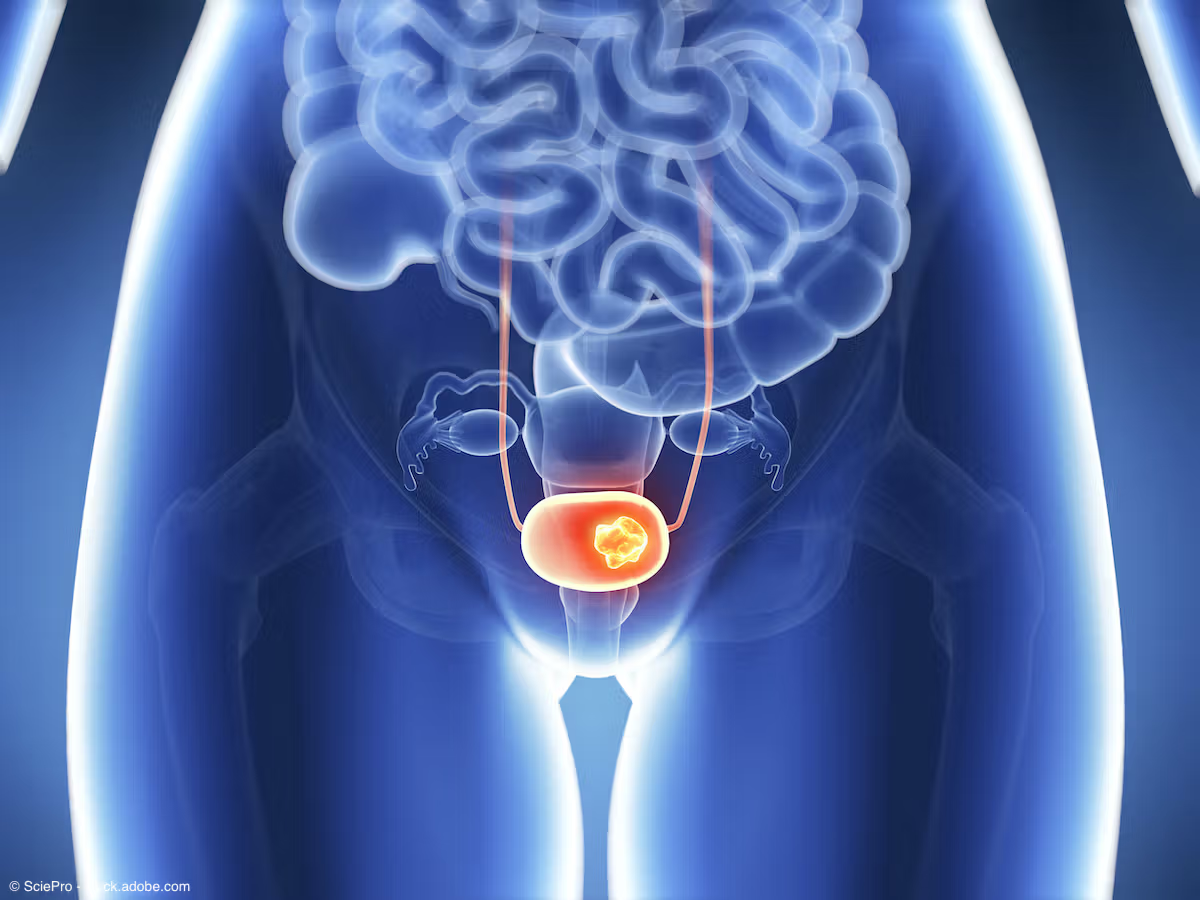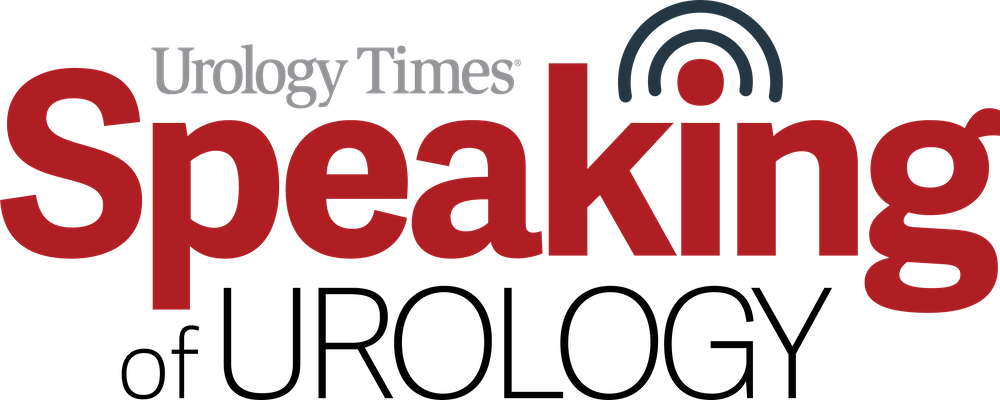News
Article
Bel-sar shows promising safety, efficacy in NMIBC
Author(s):
Key Takeaways
- Bel-sar showed high complete response rates in intermediate-risk NMIBC patients and significant immune responses in high-risk patients.
- The drug was well-tolerated, with only grade 1 adverse events reported and no serious or dose-limiting toxicities.
In patients with intermediate-risk disease, 4 of 5 patients demonstrated a complete response.
The investigational virus-like drug conjugate belzupacap-sarotalocan (bel-sar; AU-011) showed favorable safety and efficacy in the treatment of patients with non–muscle invasive bladder cancer (NMIBC), according to data from a phase 1 study (NCT05483868) presented at the 40th Annual European Association of Urology Congress in Madrid, Spain.1
Seth P. Lerner, MD, FACS

“This is a virus-like particle derived from HPV,” explained presenting author Seth P. Lerner, MD, FACS, of Baylor College of Medicine in Houston, Texas. “It attaches to the GAG layer in the bladder and proteins that are expressed on cancer cells, and then it's coated with a fluorophore. You expose it to near infrared light, [and] it develops reactive oxygen species and kills the cell.”
Part 1 of the study included 5 patients with intermediate-risk NMIBC who received bel-sar alone. Part 2 included 10 patients (n =10) who received bel-sar at a dose level of 100 µg or 200 µg with light activation. In these cohorts, 5 patients had intermediate-risk disease and 5 had high-risk disease. Dosing was conducted 7 to 12 days before planned transurethral resection of bladder tumor (TURBT).
In patients with intermediate-risk disease, 4 of 5 patients demonstrated a complete response. There were also 3 clinical complete responses observed in non-target tumors. All patients showed an immune response in the target tumor.
Among patients with high-risk disease, 1 of 5 patients achieved a clinical complete response, and all patients showed an immune response in the target tumor. Tumor shrinkage was observed visually in 3 of 5 patients, although there were tumor cells remaining on pathology. A clinical complete response in at least 1 non-target tumor with infiltration of effector CD8+ and CD4+ T-cells was observed in 4 of 7 patients.
In patients who received bel-sar plus light activation, lymphoid follicles were observed in 5 of 7 target tumors on H&E slides. According to the investigators, this suggests “a robust adaptive immune response.” Additionally, these patients showed a urothelial field effect, with significant infiltration of CD4+/CD8+ T-cells observed in both treated and untreated tumors.
Bel-sar was also well-tolerated, with only grade 1 drug-related adverse events (AEs) reported. No drug-related grade 2 or higher AEs, serious AEs, nor dose-limiting toxicities were observed.2 There were no significant differences in the safety profile between patients who received the light activation vs those who did not.
Based on these findings, the authors wrote, “These data suggest that single, low-dose focal bel-sar with light activation rapidly induces tumor cell necrosis, robust local immune activation, and a broad urothelial field effect in NMIBC. [Clinical complete response] in treated and non-treated lesions within 7-12 days underscores its potential as a paradigm-shifting, function-preserving, immune-ablative treatment. Further studies are needed to optimize dosing, regimens, and long-term outcomes.”
Regarding further studies, Lerner noted during the presentation, “The next steps are to increase the dose up to 800 µg and then include more [patients with] Ta high grade [disease] and carcinoma in situ.”
Aura Biosciences also reported plans to initiate a phase 1b/2 trial of bel-sar to determine the optimal treatment regimen in both intermediate- and high-risk patients with NMIBC. The study plans to assess both an immune-ablative (without TURBT) and a neoadjuvant/multimodel (with TURBT) approach.
The 1b portion of the study is expected to accrue 21 to 26 patients, and the phase 2 portion will include 12 patients.3
“The positive data presented at EAU are compelling and suggest that bel-sar has the potential to introduce a new front-line focal treatment approach instead of or ahead of TURBT in patients across different risk categories,” concluded Lerner in the news release.2 “With its favorable safety profile and the ability to be administered without general anesthesia, this novel modality could expand treatment options for patients and may represent a shift in how we approach NMIBC management.”
REFERENCES
1. Kates M, Brookman-May SD, McQuaid J, et al. Safety and efficacy of bel-sar (AU-011), a virus-like-drug-conjugate (VDC) in patients with non-muscle invasive bladder cancer (NMIBC) (NCT05483868). Presented at: 40th Annual European Association of Urology Congress. Madrid, Spain. March 21-24, 2025. Abstract LB15
2. Positive data from phase 1 trial of bel-sar in patients with non-muscle-invasive bladder cancer (NMIBC) presented at the 40th Annual European Association of Urology Congress. News release. Aura Biosciences, Inc. March 24, 2025. Accessed March 25, 2025. https://www.globenewswire.com/news-release/2025/03/24/3047703/0/en/Positive-Data-from-Phase-1-Trial-of-Bel-sar-in-Patients-with-Non-Muscle-Invasive-Bladder-Cancer-NMIBC-Presented-at-the-40th-Annual-European-Association-of-Urology-Congress.html
3. Virtual urologic oncology investor event to discuss additional data from ongoing phase 1 trial in non-muscle invasive bladder cancer (NMIBC). Aura Biosciences. March 24, 2025. Accessed March 25, 2025. https://ir.aurabiosciences.com/events-and-presentations

















